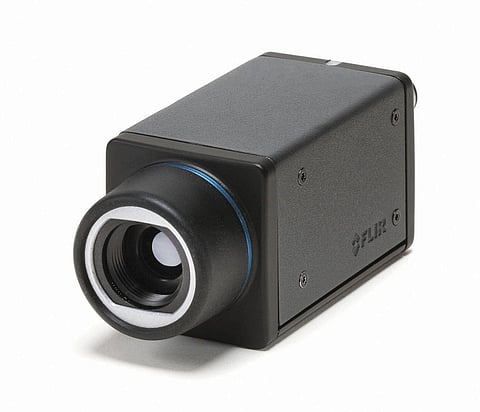
- Home
- न्यूजग्राम
- NewsGram USA
- India
- World
- Politics
- Entertainment
- Culture
- Lifestyle
- Economy
- Sports
- Sp. Coverage
- Misc.
- NewsGram Exclusive
- Jobs / Internships

Washington: A team of researchers from MIT which included an India-origin scientist developed a new imaging system that consists bundle of optical fibres and it does not have a need for lenses or a protective housing.
For medical applications, where the diameter of the bundle — and thus the number of fibers — needs to be low, the quality of the image could be improved through the use of interferometric methods.
The fibres are connected to an array of photosensors at one end and the other ends can be left to wave free so they could pass individually through micrometer-scale gaps in a porous membrane, to image whatever is on the other side.
Bundles of the fibres can be fed through pipes and immersed in fluids – to image oil fields, aquifers or plumbing without risking damage to watertight housings.
And tight bundles of the fibres could yield endoscopes with narrower diametres since they would require no additional electronics.
"Previous works have used time of flight to extract depth information. But in this work, I was proposing to use time of flight to enable a new interface for imaging," explained Barmak Heshmat, a postdoc at MIT Media Lab.
Heshmat is the first author on the paper, joined by associate professor of media arts and sciences Ramesh Raskar and Ik Hyun Lee, a fellow postdoc.
The researchers reported the results in the journal Nature Scientific Reports.(IANS)
